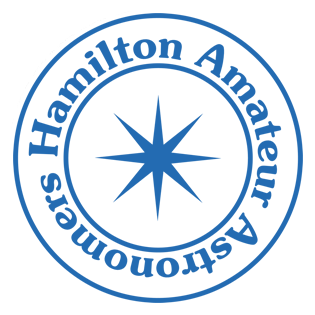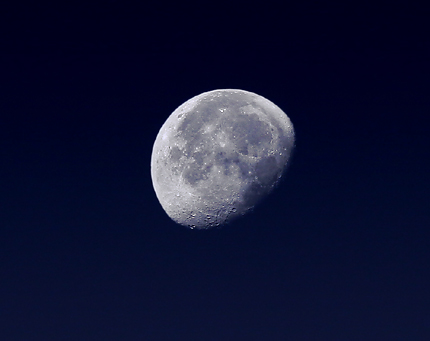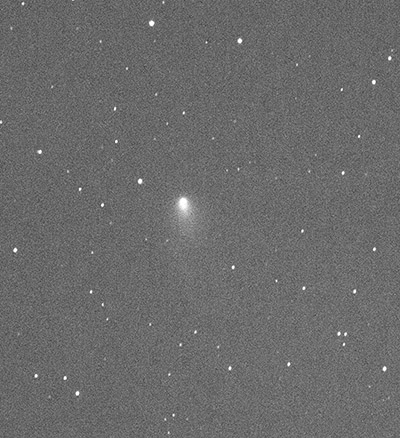This evening Jim, Mario and I had the opportunity to test out the new loaner scope that has been donated to the club. It’s a 90mm achromat refractor from Skywatcher on an alt-azimuth mount with slow motion controls and a couple of eyepieces.
There was a light cloud but Jupiter proved bright enough to shine through. Often this can enhance planetary views, as the clouds cut down on glare. The seeing was quite steady and the scope proved worthy.
Using eyepieces of 25mm, 12.4mm, 9.7mm and 6.4mm we were able to obtain a variety of magnifications. The scope held up well even with the highest magnification of about 150x. Jupiter showed all four moons on one side of the planet, with one quite close to the planet’s limb. Jupiter itself showed both equatorial belts, the temperate belts, darkening at the poles and the red spot. Detail was visible in the main belts, and the views were very pleasing. One aspect that could use improvement is the diagonal. The scope came with a correct image Amici prism, which is great for terrestrial viewing, but doesn’t give as good a view as a good quality right-angle diagonal. Maybe somebody out there has a spare that can be used with this scope.
All three of us were very satisfied with the new scope. This is a truly fine beginners scope. The clouds prevented us from any other observations, but I’m sure that those who are lucky enough to use this scope under the loaner program will have many enjoyable views.



